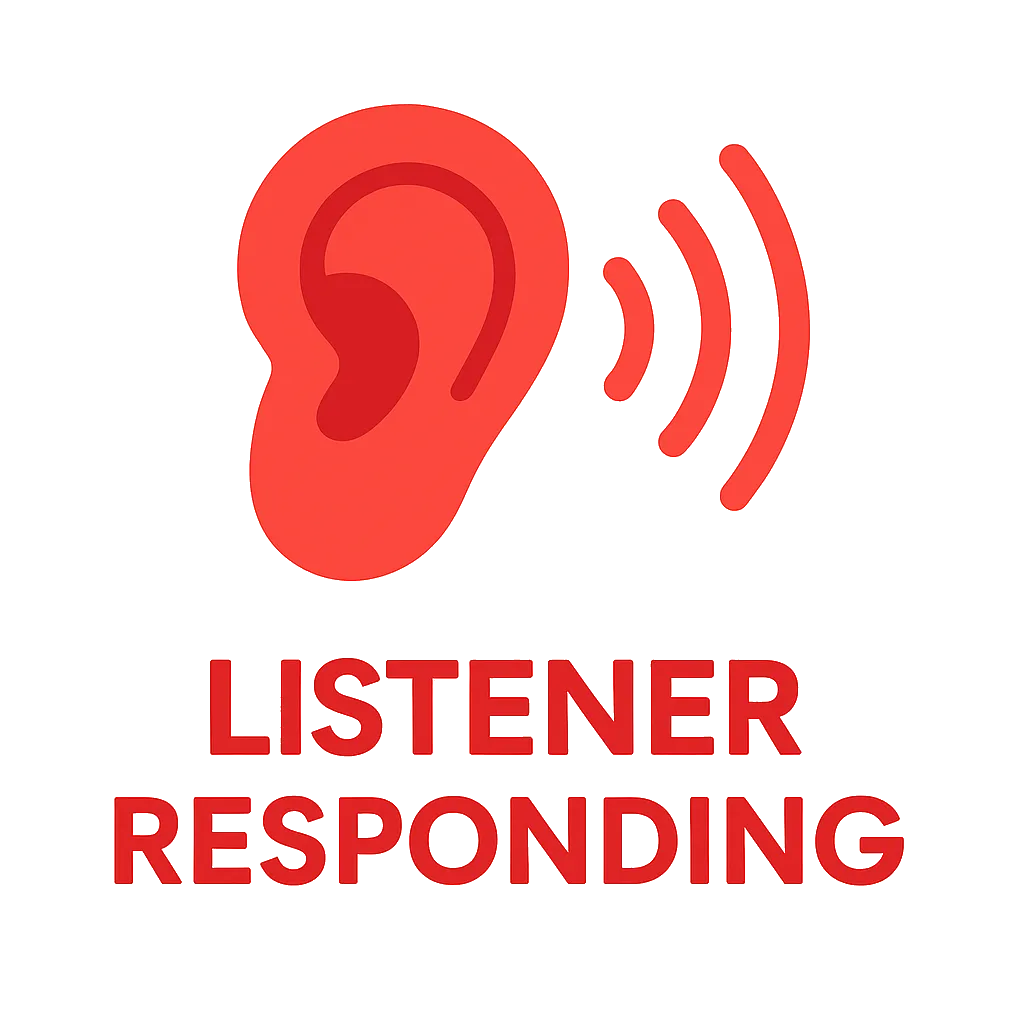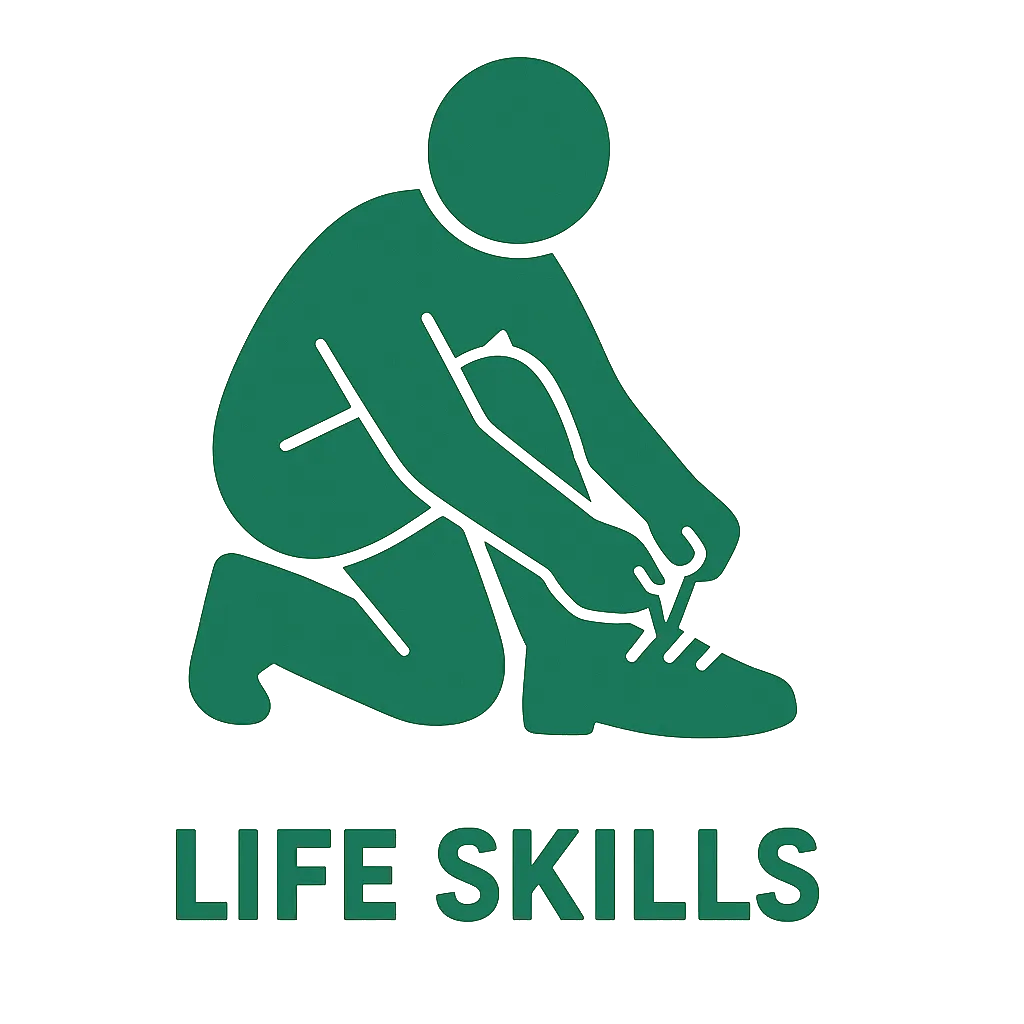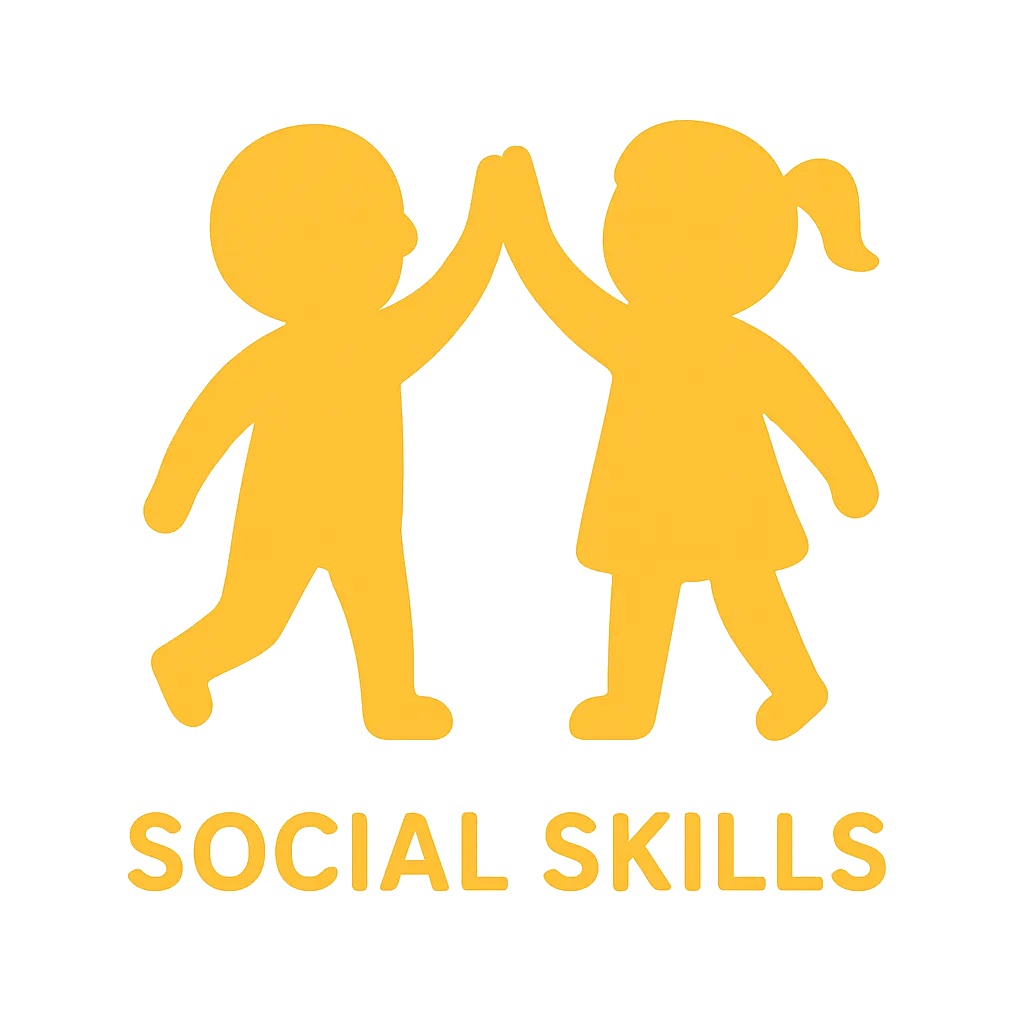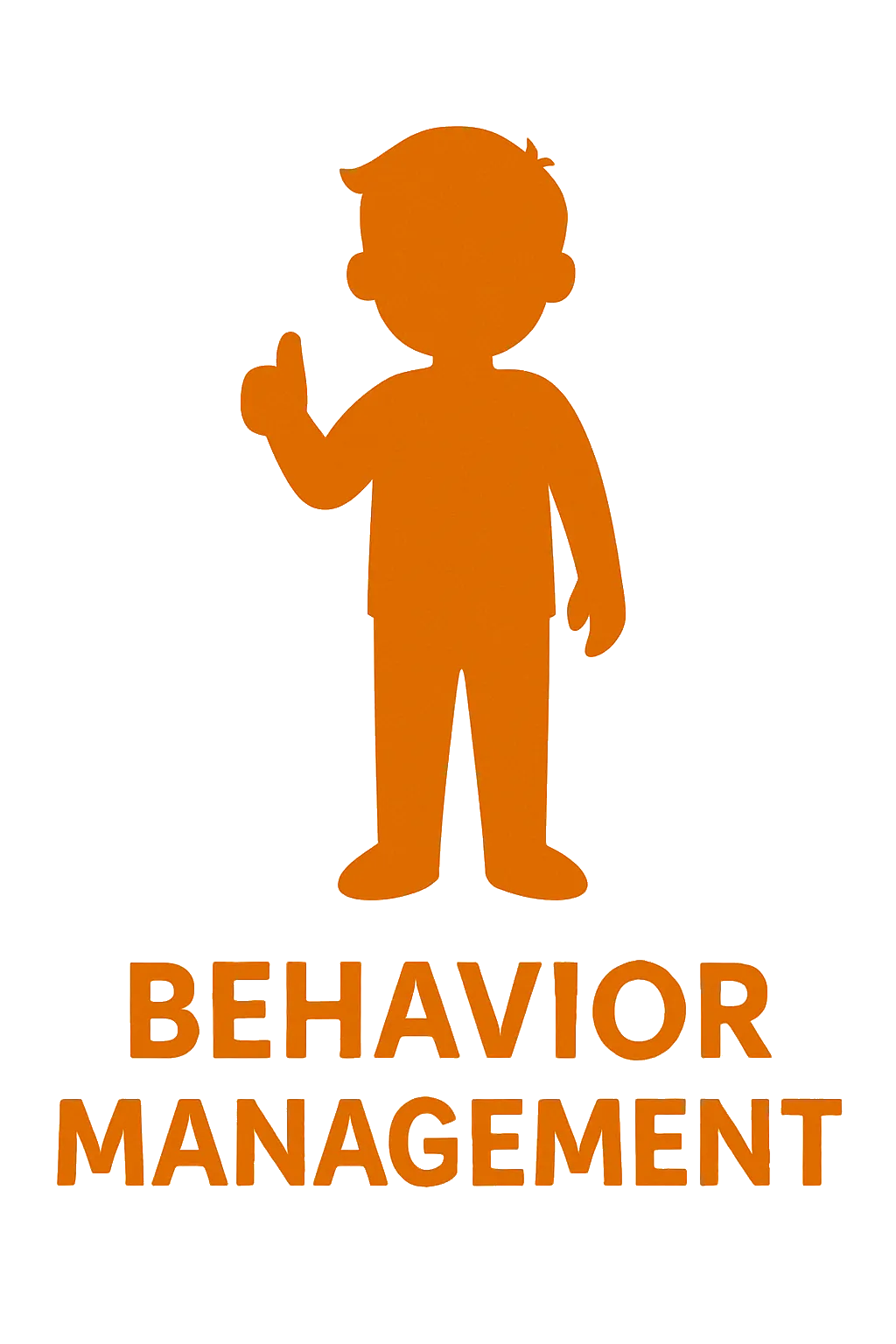What Assent Means
Assent in ABA therapy means respecting a child's ongoing agreement to participate in treatment. It's not a single "yes" but a continuous process. If the child withdraws assent—through behavior, words, or body language—we pause, adjust, and ensure therapy feels collaborative.




